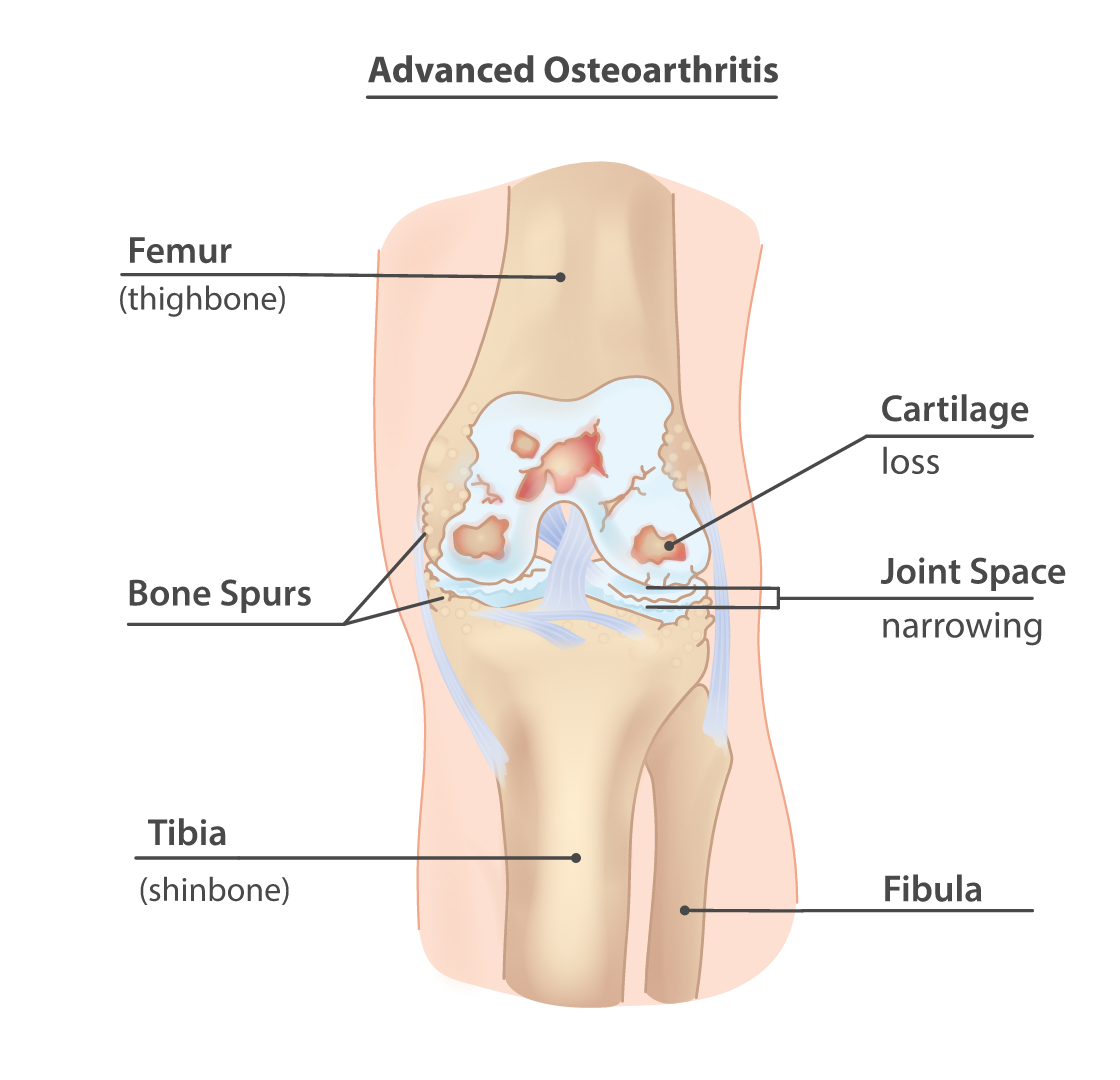Surgery for bone spurs
Conservative treatment is usually enough to manage bone spurs in most people. This includes pain medications and steroid shots for temporary pain relief. Physical therapy exercises help to restore joint flexibility and strength. This reduces pressure on the nerves and relieves the symptoms of bone spurs.
However, if bone spurs are causing serious pain, limitation of motion, or pressure upon nerves, they may need to be removed surgically. The surgery can be performed in a minimally invasive manner (keyhole surgery). During this type of procedure, the surgeon removes pieces of bone through a small incision. Open surgery may be required if the surgeon wishes to remove the entire bone spur.4
How long does it take to recover from bone spur surgery?
The recovery time for bone spur surgery depends on the type of surgery and the site of surgery. In general, recovery is faster after minimally invasive surgery compared to open surgery. Full recovery from bone spur removal in the spine can take anywhere from 10 days to a few weeks.5 Severe osteoarthritis and bone spur formation in the knee may require total knee replacement. This can take up to 1 year of recovery time.6 Recovery from a heel bone spur removal takes about 3 months. During the recovery period, you may need to be non-weight-bearing on the affected leg with crutches or a cane. You may need to wear a cast, splint, or walking boot for a few weeks.7
Can bone spurs be prevented?
The most common cause of bone spurs is osteoarthritis. This is natural wear and tear that occurs with age and cannot be prevented. However, you can do certain things to prevent bone spur formation, such as:2,3
- Eat a healthy, balanced diet with enough calcium and vitamin D, which are essential for healthy bones.
- Keep your bones strong by doing regular weight-bearing exercises.
- Reduce stress on your joints by strengthening the surrounding muscles.
- Maintain a healthy body weight. Excess weight puts pressure on your joints, causing the cartilage to break down faster, leading to the formation of bone spurs.
- Wear well-fitted and well-cushioned shoes with good arch support. Your shoes should not rub against your feet when you walk or run. The toe box should be wide enough to be comfortable.
Diagnosis of bone spurs
Your family doctor may refer you to a specialist for further evaluation if you have symptoms of a bone spur. The specialist could be an orthopedic doctor (bone and muscle specialist) or a rheumatologist (joint specialist). The doctor will perform a physical examination to feel around the joint for the source of your pain. They may order imaging studies like an X-ray, CT scan, or MRI scan to see if a bone spur is in fact causing your symptoms. Sometimes, the specialist may order an electroconductive test to measure electrical signals in your nerves. This test can show whether a bone spur has caused damage to the nerves in your spinal canal, for example.3
When to see a doctor about a bone spur
In most cases, exercises can help to ease your symptoms from a bone spur. However, you should make an appointment to see a doctor if you have severe pain, swelling in the joint, or difficulty moving the joint.3
Treat your bone spurs the natural way
Bone spurs can be very painful and can lead to a significant reduction in joint mobility. This can reduce your ability to perform various daily tasks and recreational activities. Fortunately, you can slow the progression of osteoarthritis and bone spur growth with physical therapy exercises.
The Injurymap app has a range of exercises for every part of the body. This includes all the parts of the body that can potentially develop bone spurs. You can use the app to perform stretching and strengthening exercises to relieve the pressure on your joints. The app shows you how to do each exercise with the correct form and technique. You can work out in the comfort of your home with little to no equipment.
Remember, osteoarthritis and bone spurs progress over time, so prevention is important. The earlier you begin exercising, the more successful you will be in reducing the pain from bone spurs. Try the Injurymap app today to ease your bone spur pain.
Start your 14-day free trial of the Injurymap app today!



